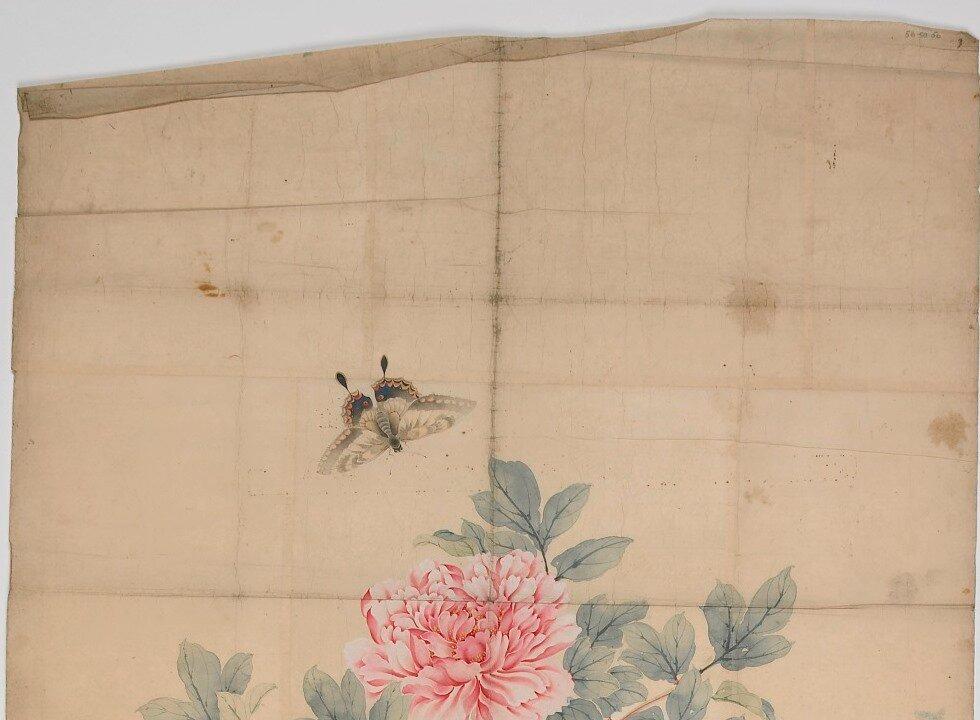In the 1890s, Japanese artist Taki Katei (1830–1901) was at the height of his career, honored with professional accolades and inundated with commissions. In 1893, he was honored as “Imperial Household Artist,” an accolade awarded for his work for Japan’s imperial court.
Despite Taki’s fame, you’ve probably never heard of him.






